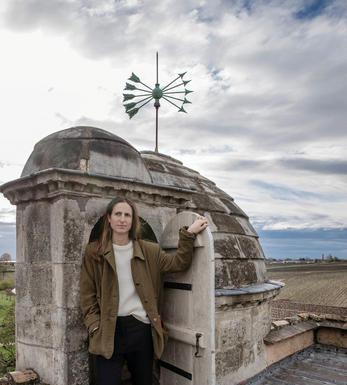
About this WINE

Château Lafite Rothschild
The iconic Château Lafite Rothschild was classified as a first growth in 1855 and has been in the Rothschild family since 1868. Today, Lafite is headed up by Saskia de Rothschild, daughter of long-time steward Baron Eric de Rothschild.
Château Lafite Rothschild is an iconic first-growth property in the Pauillac appellation of Bordeaux, France. It achieved its top-tier rank in 1855 and has been in the Rothschild family since 1868. Today, Lafite is headed up by Saskia de Rothschild, daughter of long-time steward Baron Eric de Rothschild.
The property is located at the northern tip of Pauillac, separated by St Estèphe by marshland and the Jalle de Breuil stream. Two areas of the vineyard are particularly notable: the gravel plateau, which is the heart of the grand vin; and the Plateau de Carruades, from which Lafite’s second wine takes its name. The vineyard is planted mostly to Cabernet Sauvignon (70%), along with Merlot (25%), Cabernet Franc (3%) and Petit Verdot (2%).
A new cellar was completed here in time for the 2011 harvest, with a combination of stainless steel and concrete tanks, of varying sizes. The barrels come from Lafite’s own cooperage, located not far from the property.
In addition to its 110 hectares of vines, the estate has 300 hectares of woods and marshes. The team consider this to be an integral part of the ecosystem.

Cabernet Sauvignon Blend
Cabernet Sauvignon lends itself particularly well in blends with Merlot. This is actually the archetypal Bordeaux blend, though in different proportions in the sub-regions and sometimes topped up with Cabernet Franc, Malbec, and Petit Verdot.
In the Médoc and Graves the percentage of Cabernet Sauvignon in the blend can range from 95% (Mouton-Rothschild) to as low as 40%. It is particularly suited to the dry, warm, free- draining, gravel-rich soils and is responsible for the redolent cassis characteristics as well as the depth of colour, tannic structure and pronounced acidity of Médoc wines. However 100% Cabernet Sauvignon wines can be slightly hollow-tasting in the middle palate and Merlot with its generous, fleshy fruit flavours acts as a perfect foil by filling in this cavity.
In St-Emilion and Pomerol, the blends are Merlot dominated as Cabernet Sauvignon can struggle to ripen there - when it is included, it adds structure and body to the wine. Sassicaia is the most famous Bordeaux blend in Italy and has spawned many imitations, whereby the blend is now firmly established in the New World and particularly in California and Australia.



Buying options
Add to wishlist
wine at a glance
Delivery and quality guarantee